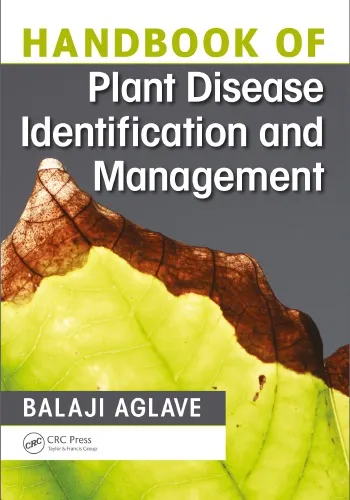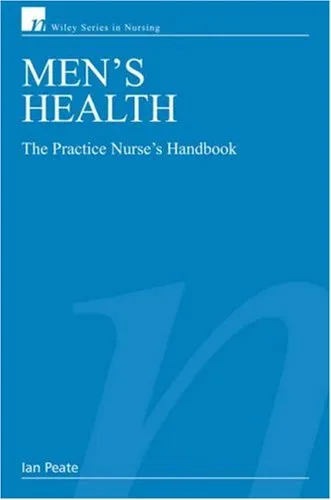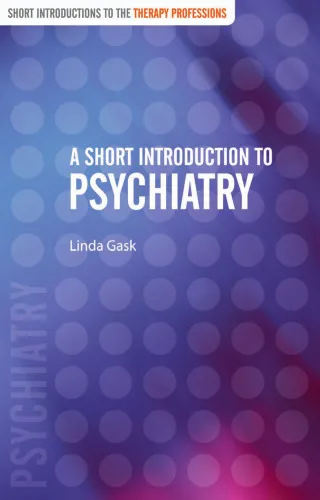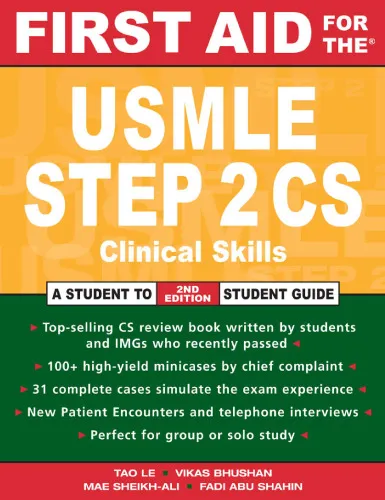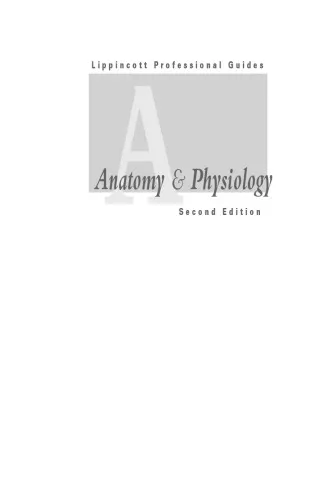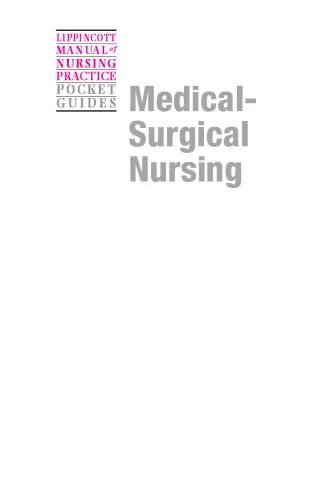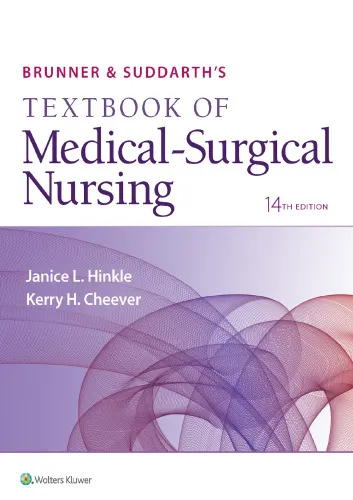Focus on Alternative and Complementary Therapies
3.5
Reviews from our users

You Can Ask your questions from this book's AI after Login
Each download or ask from book AI costs 2 points. To earn more free points, please visit the Points Guide Page and complete some valuable actions.Related Refrences:
Analytical Summary
The section spanning pages 183—184 of Focus on Alternative and Complementary Therapies presents an incisive examination of integrative medical approaches, assessed through the lens of clinical evidence and scientific scrutiny. This work, authored with a commitment to intellectual rigor, addresses the nuanced relationship between conventional medicine and a diverse array of complementary health modalities, ensuring that both academic and professional audiences receive balanced, well-contextualized analysis.
Within these pages, readers encounter synthesis of research findings referencing acupuncture, herbal medicine, mind-body interventions, and other practices often grouped under the heading of complementary medicine. Rather than offering uncritical endorsement, the author's approach is grounded in evidence-based evaluation, identifying where supportive data exists and where caution or further inquiry is warranted.
Information on specific publication year for this edition remains unavailable due to absence of reliable public sources, yet the thematic relevance remains timeless: the growing interest in alternative and complementary therapies among both practitioners and patients demands ongoing scholarly engagement.
This analytical portion serves as a node in a larger discourse captured throughout Focus on Alternative and Complementary Therapies, illuminating trends in both scientific research and healthcare policy. It considers historical antecedents, methodological standards in clinical trials, and the impact of patient preference on integration into mainstream care.
Key Takeaways
From these pages, key insights emerge that help academics, clinicians, and policy-makers orient themselves within the dynamic field of alternative and complementary medicine.
First, the value of a methodical, evidence-centered approach to therapies outside conventional medical practice cannot be overstated. The analysis underscores that rigorous study designs and reproducible results are crucial for determining true therapeutic benefit.
Second, patients’ subjective experiences, particularly in symptom-relief contexts, hold importance—yet must be balanced against objective measures to avoid conflating anecdote with demonstrable efficacy.
Third, integration must be thoughtful; not all complementary therapies possess equal evidentiary support, and healthcare systems should prioritize those meeting acceptable safety and effectiveness thresholds.
Fourth, continuous education for healthcare providers ensures informed dialogue with patients, respecting cultural values while adhering to clinical standards.
Memorable Quotes
"Evidence is the bridge between acceptance and skepticism in medicine."Unknown
"Complementary therapies demand the same critical appraisal as conventional treatments."Unknown
Why This Book Matters
Focus on Alternative and Complementary Therapiespp.183—184 offers a microcosm of the entire publication’s intellectual weight, making it indispensable for serious inquiry into integrative health.
Its importance lies in its ability to delineate fact from assumption, inviting healthcare professionals to reconsider the boundaries of accepted practice. In a sector where trends and traditions intersect, such discernment is vital.
This segment reinforces that complementary medicine is not a monolith but a collection of diverse practices, each deserving individual evaluation. For educators, policy-makers, and clinicians, these insights inform both everyday care and long-term strategic planning.
Inspiring Conclusion
In revisiting Focus on Alternative and Complementary Therapiespp.183—184, readers are encouraged to engage beyond the page—taking these discussions into classrooms, clinics, and research centers.
The analytical focus, careful key takeaways, and memorable observations serve as springboards for informed debate and sustained inquiry. Whether you are an academic dedicated to expanding the evidence base or a practitioner striving to incorporate safe, effective complementary interventions, the intellectual framework offered here is both critical and accessible.
Your next step is clear: read this section in detail, share its insights with peers, and collaborate to foster a healthcare environment that respects rigorous science while remaining open to beneficial innovations in complementary medicine.
Free Direct Download
You Can Download this book after Login
Accessing books through legal platforms and public libraries not only supports the rights of authors and publishers but also contributes to the sustainability of reading culture. Before downloading, please take a moment to consider these options.
Find this book on other platforms:
WorldCat helps you find books in libraries worldwide.
See ratings, reviews, and discussions on Goodreads.
Find and buy rare or used books on AbeBooks.
